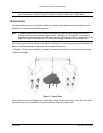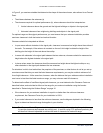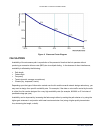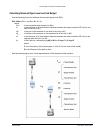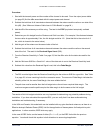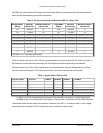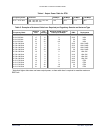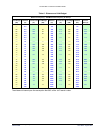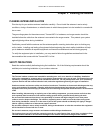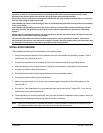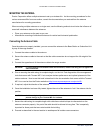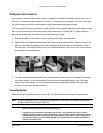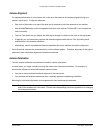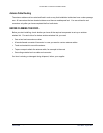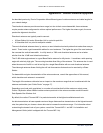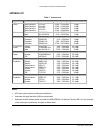
Tsunami MP.11a Antenna Installation Guide
Chapter 3. Installing the Antenna
PLANNING ANTENNA INSTALLATION
Plan the day for your outdoor antenna installation carefully. Do not install the antenna in wet or windy
conditions, during a thunderstorm, or when the area in which the equipment is to be installed is covered with
ice or snow.
The grounding system for the antenna mast, Tsunami MP.11a hardware, and surge arrestor should be
installed before the cable from the antenna is connected to the surge arrestor. This protects your system
against lightning strikes during installation.
Familiarize yourself with the antenna and the antenna-specific mounting instructions prior to climbing any
roof or ladder. Installing and testing all equipment before beginning the actual rooftop installation will help
you to determine whether all required equipment and items are available and are functioning properly.
To verify the equipment prior to installation, you may need to follow the guidelines as described in the
documentation that comes with the Tsunami MP.11a first.
SAFETY PRECAUTIONS
Read this section carefully before beginning the installation. All of the following requirements should be
satisfied prior to starting installation of your outdoor antennas.
DANGER!
The Tsunami outdoor antennas are intended for mounting on a roof, or on the side of a building. Installation
shall not be attempted by someone who is not trained or experienced in this type of work. The antenna has to be
installed by a suitably trained professional installation technician. The site prerequisites have to be checked by
a person familiar with the national electrical code, and other regulations governing this type of installation.
Outdoor antennas and antenna cables are electrical conductors. Transients or electrostatic discharges that may
occur at the antenna (for example a lightning strike during thunderstorms) may damage your electronic
equipment and cause personal injury or death to persons touching the exposed metal connectors of the antenna
cable.
When installing, disconnecting or replacing one of the cabling components, you must ensure at all times that
each exposed metal connectors of the antenna cabling system will be grounded locally during the work.
Do not install this antenna where there is any possibility of contact with high-voltage arc-over from power
cables or service drops to buildings. The antenna, supporting mast or tower must not be close to any power
lines during installation, removal or in the event of part of the system should accidentally fail. Apply a ‘Danger’
label to a plainly visible area of the antenna support structure.
Do not climb rooftops in wet or windy conditions, during a thunderstorm or when the area where the equipment
will be installed is covered with ice or snow.
Do not touch antennas, surge arrestors and antenna cables during a thunderstorm.
The location where you will install the antenna(s) must be at a safe distance from power lines or telephone lines.
The safe distance should be at least twice the height of the antenna mast plus the height of the antenna.
Chapter 3. Installing the Antenna 26
CPN 65756B Issue Date: August 2003



